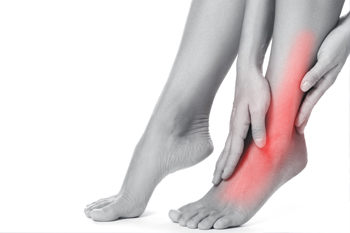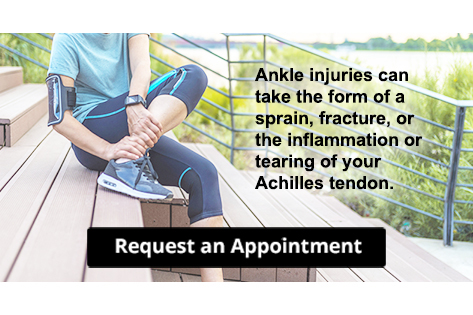
Foot pain is a common issue that can affect people of all ages and activity levels. It refers to discomfort anywhere in the foot, including the heel, arch, sole, or toes. Common causes include injuries, gout, and verrucas, which are small, rough growths on the foot caused by the human papillomavirus, or HPV. Wearing poorly fitting shoes, and certain structural problems, such as bunions or hammertoes, also cause foot pain. Shoes that are too tight or lack support can create pressure and lead to chronic foot pain or deformities. Conditions like gout cause inflammation, while verrucas may bring sharp pain when walking. A podiatrist can evaluate the source of discomfort, offer treatments like custom orthotics, and provide guidance on proper footwear. If you have foot pain, it is suggested that you schedule an appointment with a podiatrist who can provide an accurate diagnosis and effective treatment solutions, restoring comfort and function to your daily life.
Foot Pain
Foot pain can be extremely painful and debilitating. If you have a foot pain, consult with one of our podiatrists from Comprehensive Foot & Ankle Center of South Jersey. Our doctors will assess your condition and provide you with quality foot and ankle treatment.
Causes
Foot pain is a very broad condition that could be caused by one or more ailments. The most common include:
- Bunions
- Hammertoes
- Plantar Fasciitis
- Bone Spurs
- Corns
- Tarsal Tunnel Syndrome
- Ingrown Toenails
- Arthritis (such as Gout, Rheumatoid, and Osteoarthritis)
- Flat Feet
- Injury (from stress fractures, broken toe, foot, ankle, Achilles tendon ruptures, and sprains)
- And more
Diagnosis
To figure out the cause of foot pain, podiatrists utilize several different methods. This can range from simple visual inspections and sensation tests to X-rays and MRI scans. Prior medical history, family medical history, and any recent physical traumatic events will all be taken into consideration for a proper diagnosis.
Treatment
Treatment depends upon the cause of the foot pain. Whether it is resting, staying off the foot, or having surgery; podiatrists have a number of treatment options available for foot pain.
If you have any questions, please feel free to contact our offices located in Cherry Hill, Voorhees, Atco, and Turnersville, NJ . We offer the newest diagnostic and treatment technologies for all your foot care needs.





